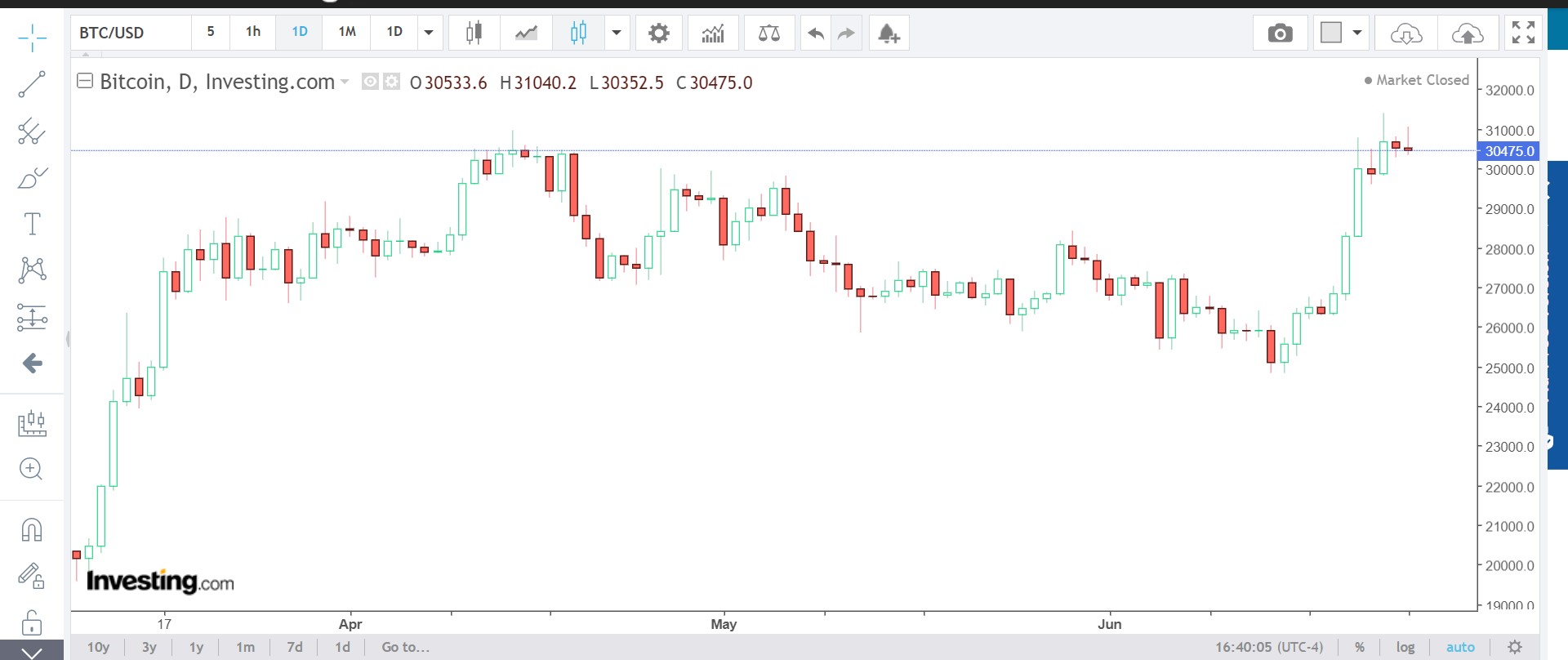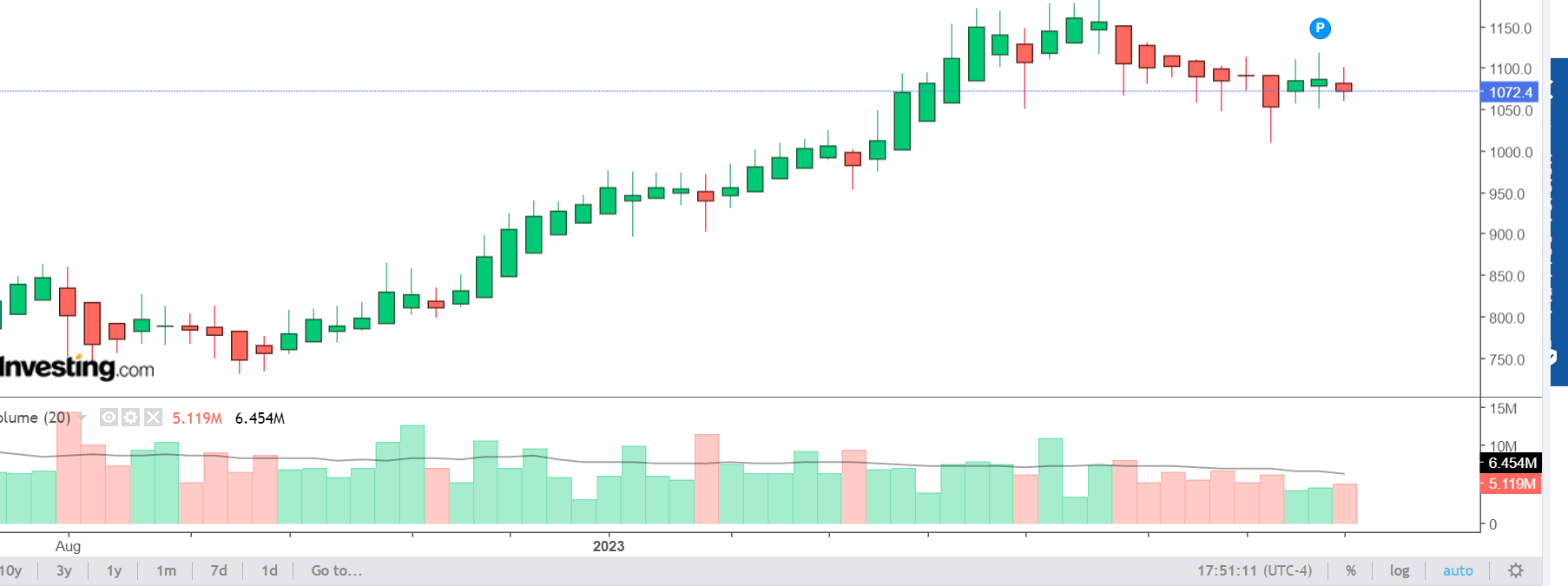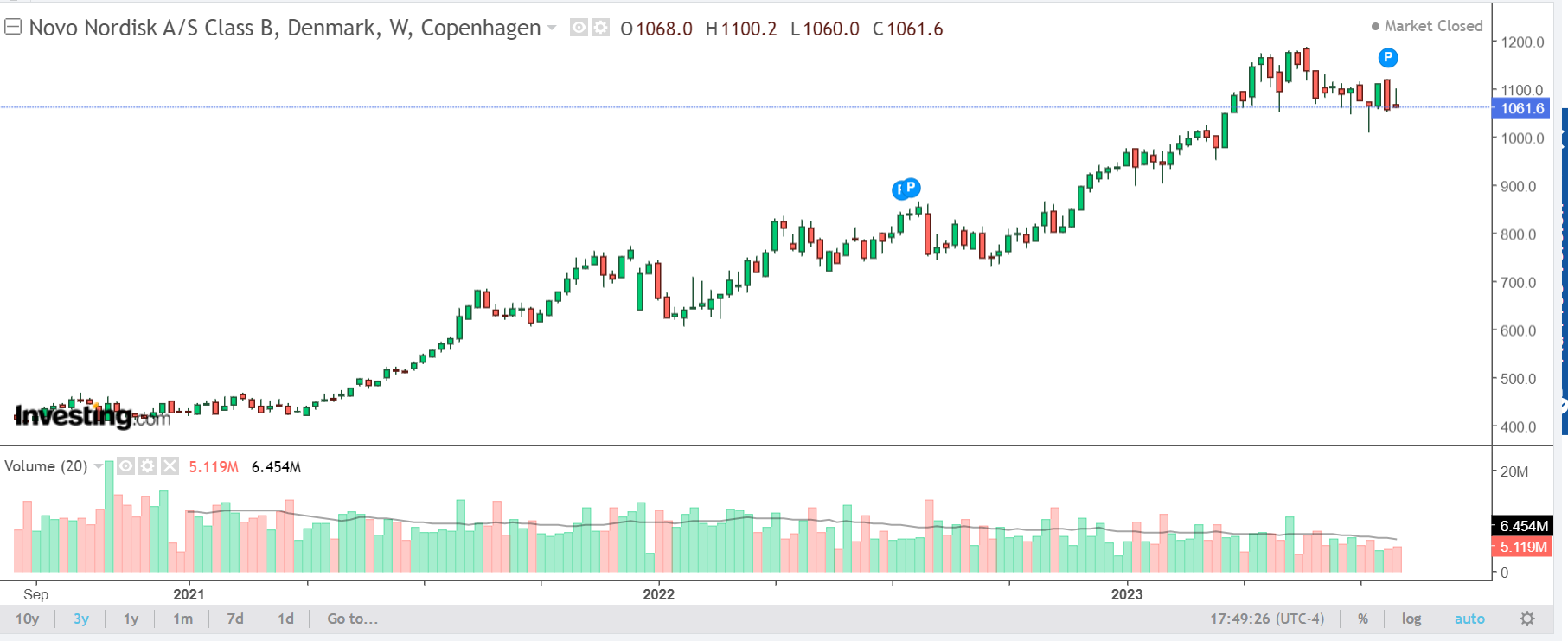Understanding MACD in Technical Analysis
Technical analysis is a widely used approach in financial markets to predict future price movements based on historical data. One of the most popular indicators used in technical analysis is the Moving Average Convergence Divergence (MACD).
I. What is MACD?
The Moving Average Convergence Divergence (MACD) is a trend-following momentum indicator that helps traders identify potential buy and sell signals. Developed by Gerald Appel in the late 1970s, MACD is designed to reveal changes in the strength, direction, momentum, and duration of a trend.
MACD consists of three key components:
1. MACD Line: The MACD line represents the difference between two exponential moving averages (EMAs), typically the 12-day EMA and the 26-day EMA. It provides insights into short-term price momentum.
2. Signal Line: The signal line is a 9-day EMA of the MACD line. It acts as a trigger for buy or sell signals when it crosses above or below the MACD line.
3. Histogram: The histogram represents the difference between the MACD line and the signal line. It visually illustrates the convergence or divergence between these two lines.
II. Interpreting MACD
Understanding how to interpret MACD is crucial for effective technical analysis. Traders primarily focus on three aspects when analyzing MACD:
1. Crossovers:
– Bullish Signal: When the MACD line crosses above the signal line, it generates a bullish signal, indicating a potential buying opportunity.
– Bearish Signal: Conversely, when the MACD line crosses below the signal line, it generates a bearish signal, suggesting a potential selling opportunity.
2. Divergence:
– Bullish Divergence: Bullish divergence occurs when the price forms lower lows while the MACD line forms higher lows. This indicates a potential trend reversal and a buying opportunity.
– Bearish Divergence: Bearish divergence occurs when the price forms higher highs while the MACD line forms lower highs. This suggests a potential trend reversal and a selling opportunity.
3. Histogram Patterns:
– Positive Histogram: A positive histogram indicates that the MACD line is above the signal line, suggesting bullish momentum.
– Negative Histogram: Conversely, a negative histogram indicates that the MACD line is below the signal line, suggesting bearish momentum.
– Convergence: When the histogram bars are getting shorter, it signifies a convergence between the MACD line and the signal line, indicating a potential trend reversal or consolidation.
III. Practical Applications of MACD
MACD offers various practical applications for traders and investors. Here are some common ways in which MACD can be utilized:
1. Identifying Trend Reversals:
By analyzing crossovers and divergences, traders can identify potential trend reversals. This helps them enter or exit positions at favorable prices, maximizing profits and minimizing losses.
2. Confirming Price Breakouts:
When a security breaks out of a key resistance or support level, traders often use MACD to confirm the validity of the breakout. If the MACD line crosses above the signal line during an upside breakout, it provides additional confirmation for entering long positions.
3. Generating Buy/Sell Signals:
Traders often rely on MACD crossovers as buy or sell signals. For example, when the MACD line crosses above the signal line, it generates a buy signal, while a crossover below the signal line generates a sell signal.
4. Assessing Overbought/Oversold Conditions:
By analyzing extreme values of MACD, traders can identify overbought or oversold conditions in the market. When the MACD line reaches significantly high levels, it suggests that the security may be overbought and due for a correction. Conversely, when the MACD line reaches significantly low levels, it indicates that the security may be oversold and due for a potential rebound.
The Moving Average Convergence Divergence (MACD) is a powerful technical analysis tool that provides valuable insights into price trends, momentum, and potential reversals. By understanding its components and interpreting its signals, traders can make decisions and enhance their trading strategies.
Simon Frandsen / Pyjamastraders



